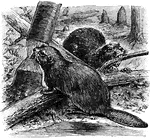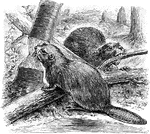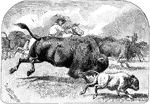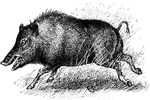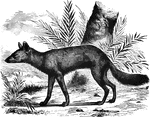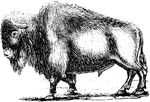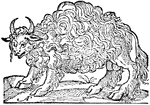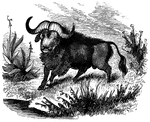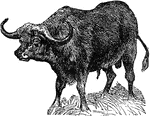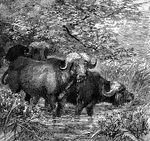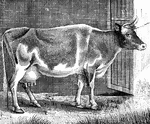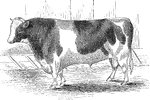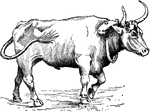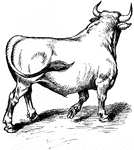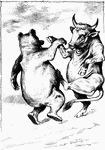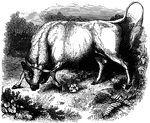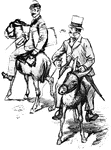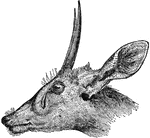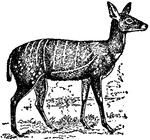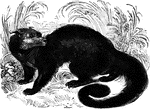
Black Binturong
"Of this genus, there is only one species, the Black Ictide. Colored black with speckles of…
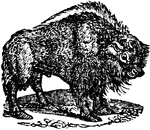
Bison
Immense herds of the bison occupy the vast plains. A single herd is said sometimes to consist of ten…
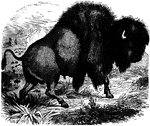
American Bison
"The head is very large and carried low; the eyes are small, black, and piercing; the horns are short,…

North American Bison
The American Bison (Bison bison) is a bovine mammal, also commonly known as the American buffalo. 'Buffalo'…
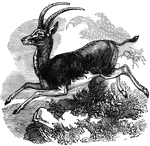
Blauw-Boc
"Is six feet long, three feet seven inches high, has round horns curved backward, and is of a blu-ish…
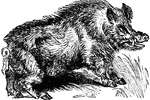
Boar
The Wild Boar is the wild ancestor of the domesticated pig. It lives in woodlands in central Europe,…
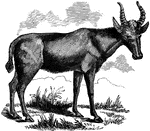
Bubula
"Is of a reddish-fawn color, with black horns, shaped like the tines of a fork. "— S. G. Goodrich,…

Buffalo
"The Buffalo. As the game upon which they depended moved about the country, so the Indians roved in…
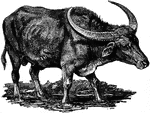
Domestic Water Buffalo
The Domestic Water Buffalo or Domestic Asian Water buffalo (Bubalus bubalis) is abundant in Asia, and…
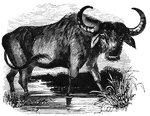
Tame Buffalo
"The tame buffalo is trained to domestic uses, especially for draught, and is commonly employed for…

Chillingham Bull
A rare breed of cattle that live in a large enclosed part at Chillingham Castle in England.

Hereford Bull
The hereford bull is used for reproduction of cattle and for beef. Some bulls are used for Spanish traditions.

Banded Ant Eater
"It is about ten inches long, of a tawny color, marked with transverse bands of black and white. The…
